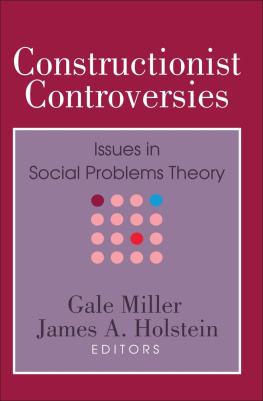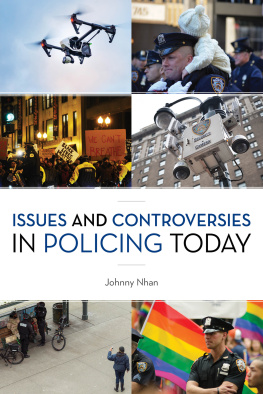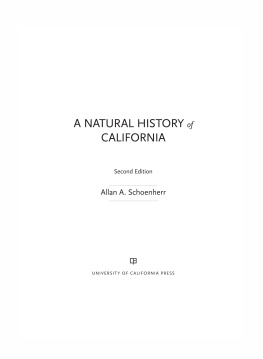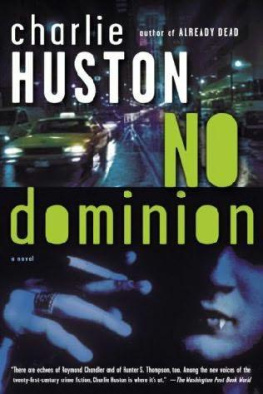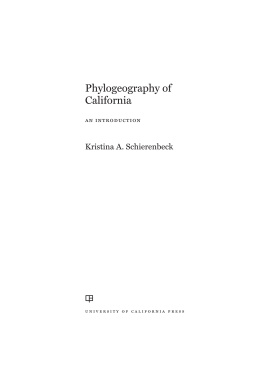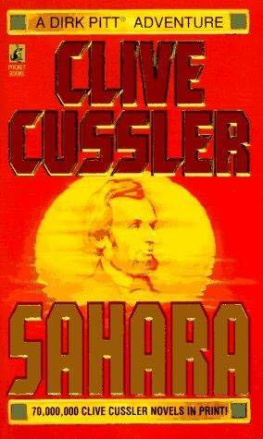Copyright Meredith Cherland, 1994
All rights reserved. No part of this publication may be reproduced, stored in a retrieved system, or transmitted, in any form or by any means, electronic, mechanical, photocopying, recording, or otherwise, without permission in writing from the Publisher.
First published 1994
By Taylor & Francis,
2 Park Square, Milton Park, Abingdon, Oxon, OX14 4RN
Transferred to Digital Printing 2004
A Catalogue Record for this book is available from the British Library
ISBN 0 7484 0225 X
ISBN 0 7484 0226 8 (pbk)
Library of Congress Cataloging-in-Publication Data are available on request
Typeset in 10/13pt Baskerville
Typeset by RGM, Southport
While Meredith Cherland was completing Private Practices, we swapped electronic mail about the weather. At the time, it was 20 Celsius in Regina, Saskatchewan and + 45c in Townsville, Queensland: the extremes of human endurance tested at opposite outposts of empire. As I read about Karen and Jerrica and the other Oak Town childrens responses to Julie of The Wolves and as I watched the ceiling fans beat hot air in circles I recalled the traditional themes of Canadian literature: struggle against nature, hostile environment and the cold.
These themes unfold on the divide of gender. Canadian literature by Robertson Davies, Farley Mowat and others set man against hostile elements and landcapes. Yet much of the work of Canadian women authors like Alice Munro, Gabrielle Roy and Margaret Atwood focuses on womens struggles against hostile communities, social institutions and cultures. Their work builds complex psychological landscapes of gender relations and identity. In Atwoods Surfacing and Roughing it in the Bush staples of Canadian high school literature study psychological inferiority and conflict are projected onto the landscape.1
How cultures define the physical and psychic inside and outside as gendered domains is the focus of Daphne Spains recent work, Gendered Spaces (1993). Spain argues that it is in the social organisation of space that public and private, civic and domestic spheres are physically established and divided. What struck me while I was reading Cherlands ethnography is how much of Canadian life is physically inside. Such matters of location and site gendered and cultural geographies mediate and shape how and when one works, the kinds of leisure activities one does, and the conduct of everyday lives (Soja, 1989).
The Canadian girls studied here use reading as a public and private practice to work through the complexities of gender and sexual identity, their life possibilities and pathways. A great deal of their reading occurs in private lessons practices of autodidactic (self-teaching) literacy undertaken far away from the public eye. Often these events take place in the spaces of their homes, living rooms and bedrooms. Of course, the notion of a room of ones own is resonant in feminist theory and political practice. But it also figures centrally in the mythology of the modern family. That mythology is tied closely to postwar economic prosperity and cultural formation in Canada, the US, Australia and other English-speaking countries (Johnson, 1993). And it is reiterated in the folk culture around suburban, White communities, in songs from the Beach Boys to the Bangles, in teenage movies and programs from Heathers to Doogie Howser. There is so much about Oak Town that typifies the postwar dream: the Anglo nuclear family in the suburbs, Dad with a steady job, cars and appliances, sports and shopping centres, and, at the heart of this, a suburban home and lifestyle with your own room and your own books.
In Canadian and American, Australian and British Oak Towns, children today live in a world of postmodern spaces, of post-literary literacy, of powerful media texts for the shaping of hybrid gendered and cultural identities. In this setting, Cherlands finely-grained study presents what at first glance is an anachronism: the sheer volume of institutional work and effort that still goes into constructing literature as prestigious knowledge. Particularly in the face of commodified, multi-mediated culture, the persistence of the novel is remarkable. The bourgeois reading public first developed in 18th and 19th century Europe and, with the rise of the novel, mass reading became a gendered, private practice (Huyssen, 1987). Then and now, part of the allure of literature to the middle class has been its power to make the cultural Other available in narrative. The effect for Oak Town is not dissimilar: in Cherlands words, knowledge someone else had produced seemed to the Oak Town children more legitimate than what they knew themselves.
But literary reading remains one of those everyday practices about which we have unlimited folk wisdom but few local, empirical accounts. Despite the recent focus in cultural studies on the social production of meaning by audiences, viewers and fans few studies actually track and document peoples everyday uses of literature and practices of literary reading.
In Private Practices, Cherland takes us with Jerrica, Samantha and others into their rooms, where they read Babysitters Club books and Bridge to Teribithia late into the night after official bedtime. Their parents pursue their own forms of literary education, building expectations about appropriate reading for men and women: fiction for women, utilitarian non-fiction for men. In the school, packaged literature curriculum prescribes content and literary development in ways that generate regimes of boredom perhaps not the damage of schooling that Cherland anticipates but at best a sanitised and commodified literary experience. In the face of this institutional agenda, the girls readings are deliberate attempts to change the subject, to position themselves in relation to texts and their social worlds. But in spite of the girls significant emotional and social investment in reading fiction, boys dominate public talk around literary texts, expressing their readings and discourses of action forcefully and exclusively.
Throughout, Cherland invokes cross-cultural comparisons from the Amish, the Vai, inner city African-American youths and others as if to remind us to view Oak Town as outsiders. For me, this required that I suspend the apparent naturalness of my own schooling in literature, which despite its quite different (urban Asian-American) context was based on a similar mythology of the intrinsic power and value of literature. If we hold this mythology up to a sociological light, other issues and questions appear: Why does this particular Anglo-Canadian community one of cultural and economic privilege invest so much institutional time and effort in the building up of literary practice? Does it reflect a core belief in the moral value and cultural benefits of literature, as many of the adults and teachers suggest? Is it due to schools traditional investment in the production of literary practice and knowledge? Is it for purposes of cultural capital, as Cherland argues? Or is it, as Linda Christian-Smiths (1990) work indicates, a product of the complex political economy of books, publishing and other media for the selling of gender?




